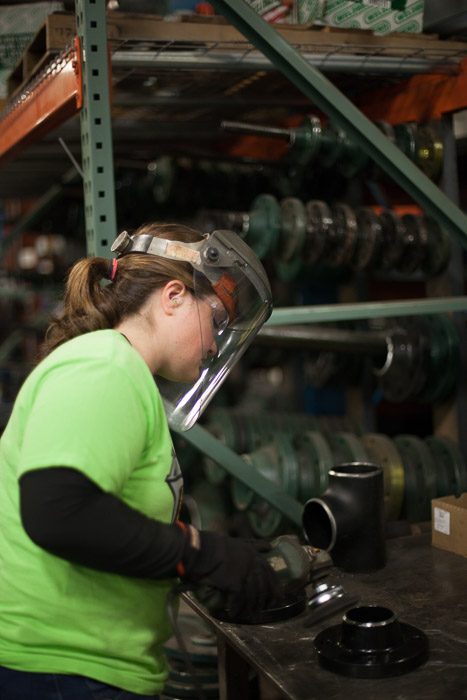PICKING THE RIGHT PPE TO PROTECT YOUR EYES

In a 2016 article from the American Academy of Ophthalmology, the author cites that “more than 20,000 workplace eye injuries happen each year.”
Step on a construction site and immediately your eyes are exposed to debris from wood, metal and glass. Harsh chemicals, dirt particles and sparks from arc welding are all additional hazards that can cause injuries to the eye. Despite all of these hazards, protecting your eyes is easy to do if the proper precautions are taken and the proper protection is worn.
The type of eye protection needed will depend on the work being done. OSHA breaks down the eye injury hazards into five groups: impact, heat, chemical, dust and optical radiation. The type of personal protective equipment (PPE) needed will depend on the type of hazard.
Impact
Impact hazards include flying fragments of material particles, sparks, sand or dirt from tasks like drilling, sawing, sanding, grinding or wood working. If you’re exposed to impact hazards, the necessary PPE includes safety glasses, safety goggles and face shields.
Heat
As you may have guessed, heat hazards involve any work related to heat. Tasks like welding, casting, or furnace operations are all examples of a heat hazard. For these hazards, heat reflective or wire-screen face shields can protect the entire face. Eye glasses and goggles can help prevent any hot liquids from making contact with the eye and should often be used in combination with face shields depending on the level of heat involved in the task at hand.
Chemical
Hazards from chemicals occur when harsh chemicals are being handled or where fumes or splashing can occur. Some chemicals can cause irreversible damage to the eye so the proper PPE includes goggles and face shields to keep chemical splashes and fumes away from the eye. Regular safety glasses are not enough because they lack the protective seal of goggles that keep fumes and spray away from the eye.
Dust
Dust from woodworking and other tasks can damage eyes especially for individuals who wear contact lenses. The only PPE that will properly protect against dust hazards is goggles because of the protective seal.
Optical Radiation
Working with lasers in welding or anything similar that creates light radiation, infrared or ultraviolet light presents hazards to the eye including “retinal burns, cataracts and permanent blindness.” PPE for optical radiation hazards involves selecting the proper filter lenses for the job and pairing the filter lenses with welding helmets.
